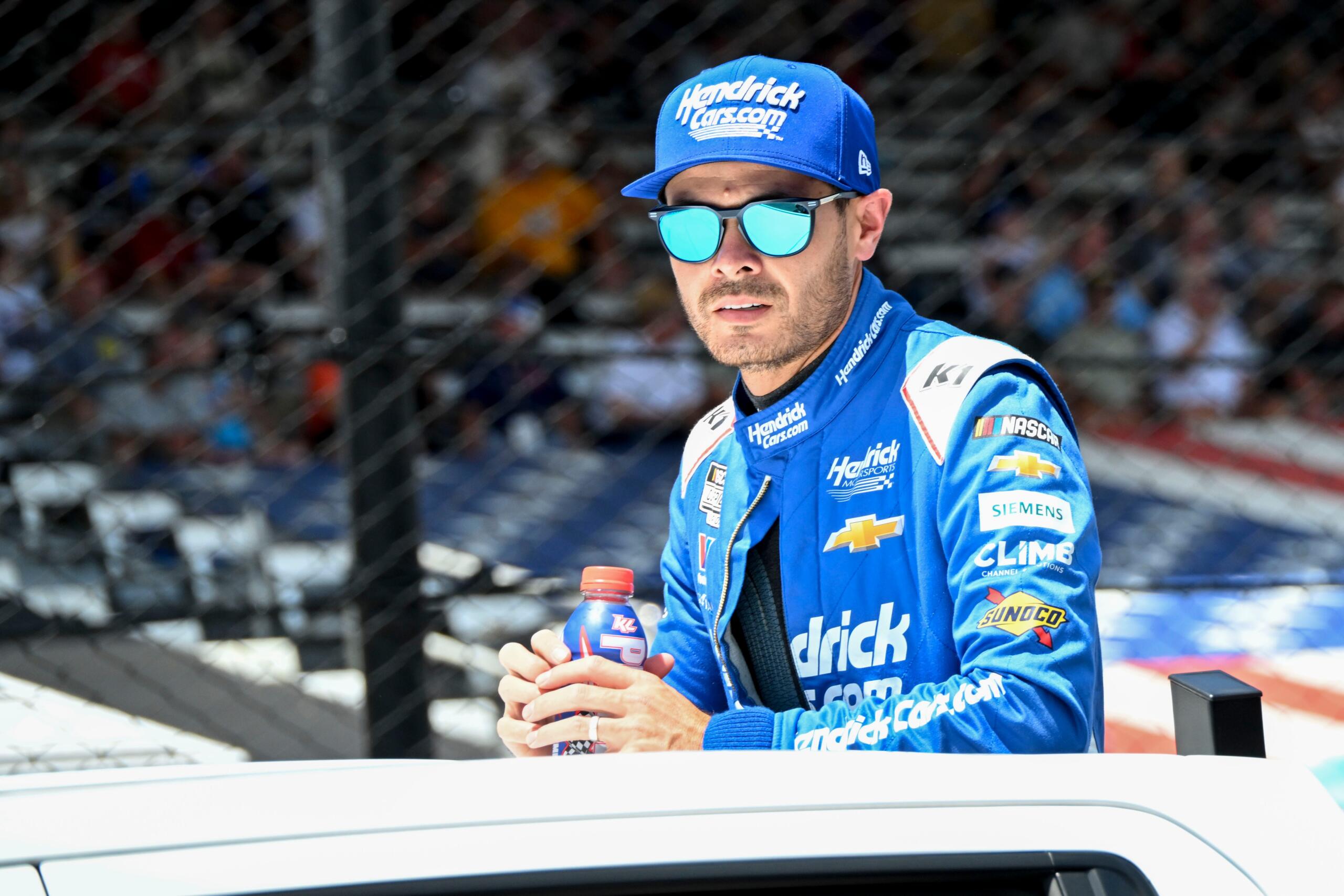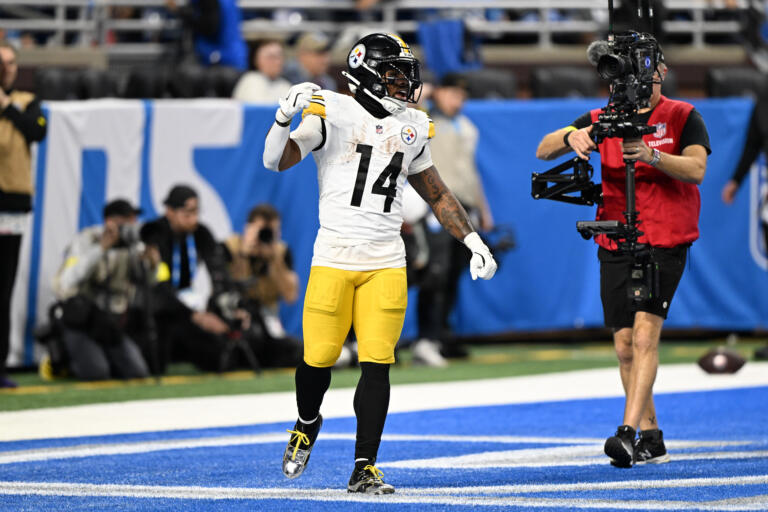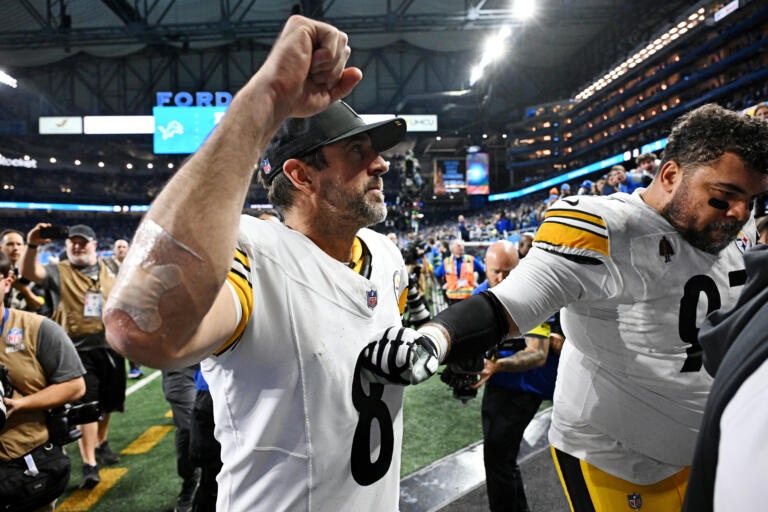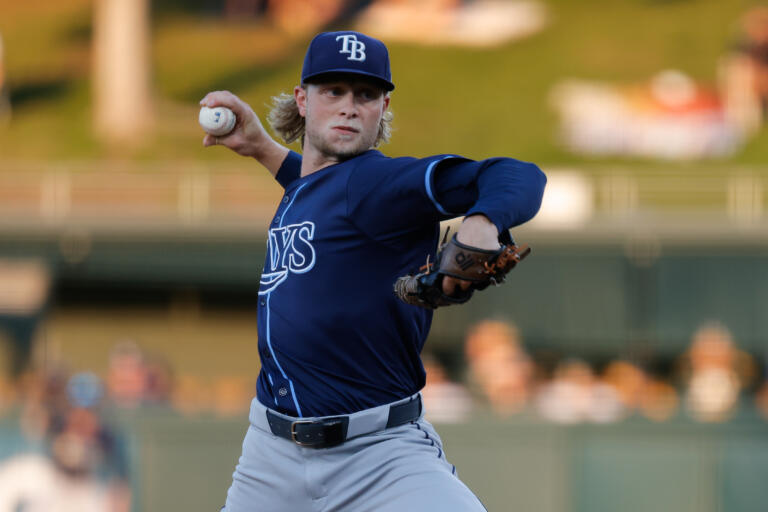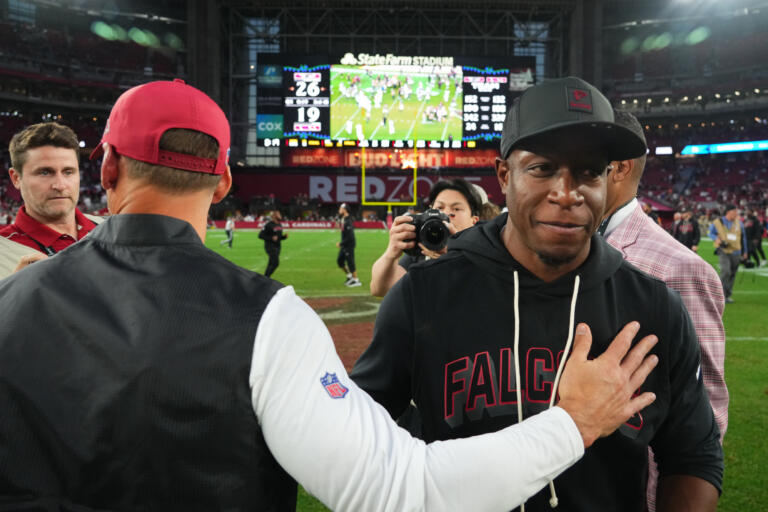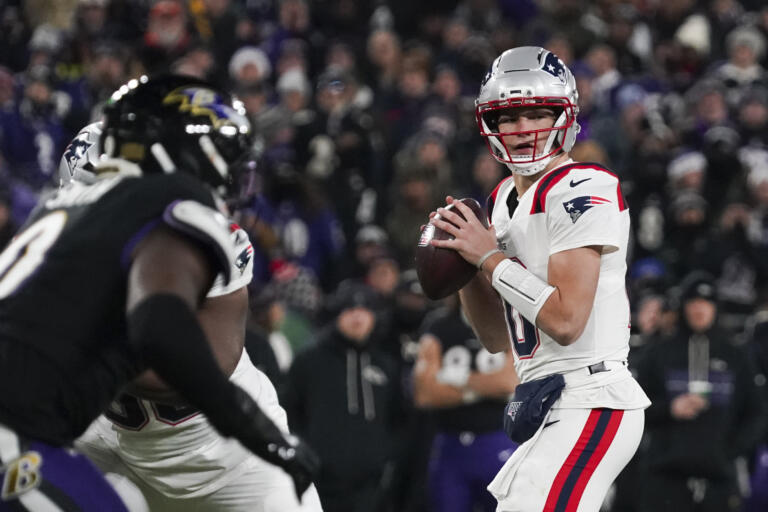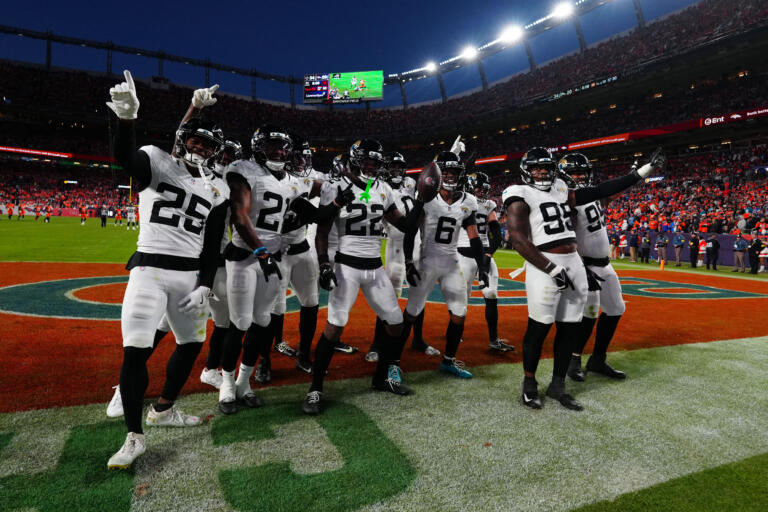INDIANAPOLIS, Ind. — Kyle Larson’s voice crackled over the radio during the 2025 Brickyard 400, his frustration palpable: “The car doesn’t suck. The racecar sucks.” The Hendrick Motorsports driver, piloting the No. 5 Chevrolet, vented his discontent with NASCAR’s Next Gen car after finishing second to Bubba Wallace in the crown jewel race at Indianapolis Motor Speedway on Sunday. Kyle Larson is a wheelman and great ambassador for the sport. When Larson tells you to fix the car, the comments are pretty serious.
Kyle Larson, the 2024 Brickyard 400 champion, started strong, leveraging his experience on the 2.5-mile oval to contend for the lead. He qualified 13th and surged through the field, but the race’s final stages turned into a fuel-mileage chess match. Wallace’s No. 23 Toyota held off Larson’s late charge through two green-white-checkered restarts following a rain-induced red flag with four laps remaining. Larson’s runner-up finish, while impressive, left him fuming over the Next Gen car’s limitations, echoing a growing chorus of driver and fan complaints.
The Next Gen car, introduced in 2022, aimed to level the playing field with standardized parts and single-lug wheels. It delivered parity—27 drivers have won races in the car’s first three years—but passing remains a challenge. Drivers struggle to overtake on tracks like Indianapolis, where the car’s aerodynamic package and tire wear stifle aggressive moves. Larson’s radio outburst reflected his exasperation with the car’s handling, particularly in traffic, where maintaining speed and tire grip proves difficult. Fans on social media platforms echoed his sentiments, criticizing the car for producing lackluster races with minimal overtaking, especially on larger ovals.
Other drivers share Larson’s frustration. The Next Gen car’s design prioritizes close competition but often sacrifices the ability to make bold passes, forcing teams to rely heavily on pit strategy and track position. At Indianapolis, fuel conservation dictated the race’s outcome, with Wallace’s team nailing the strategy while others, including Larson, fell short. Social media posts from fans highlighted dissatisfaction with races hinging on fuel rather than wheel-to-wheel battles, with some calling for NASCAR to tweak the car’s setup to encourage more dynamic racing.
NASCAR’s Senior Vice President of Competition, Elton Sawyer, has deep ties to the Next Gen car’s development, overseeing its implementation and ongoing adjustments. Sawyer defended the car’s design, emphasizing its role in creating competitive fields, despite demands from fans for improvement. Sawyer constantly mentions NASCAR is working to better the sport, yet never seems to change anything besides Goodyear tires or roof flaps for flips at Daytona that continue to happen.
However, he acknowledged the need for refinements, particularly after incidents like the controversial 2024 Brickyard 400 finish, where a delayed caution call sparked debate. Sawyer’s team continues to evaluate tire compounds and aerodynamic tweaks to address driver concerns, but changes remain incremental.
Larson’s performance at Indianapolis showcased his talent—he carved through the field despite the car’s limitations—but his comments over the radio during the race underscored a broader issue. The Next Gen car’s parity comes at a cost, with drivers and fans craving the thrilling, high-risk racing of past eras. As NASCAR heads to Iowa Speedway, Kyle Larson and his peers will continue to grapple with the car’s challenges, hoping for tweaks that restore the sport’s signature excitement.
Ryan Blaney shares special moment with Bubba Wallace post-race.


